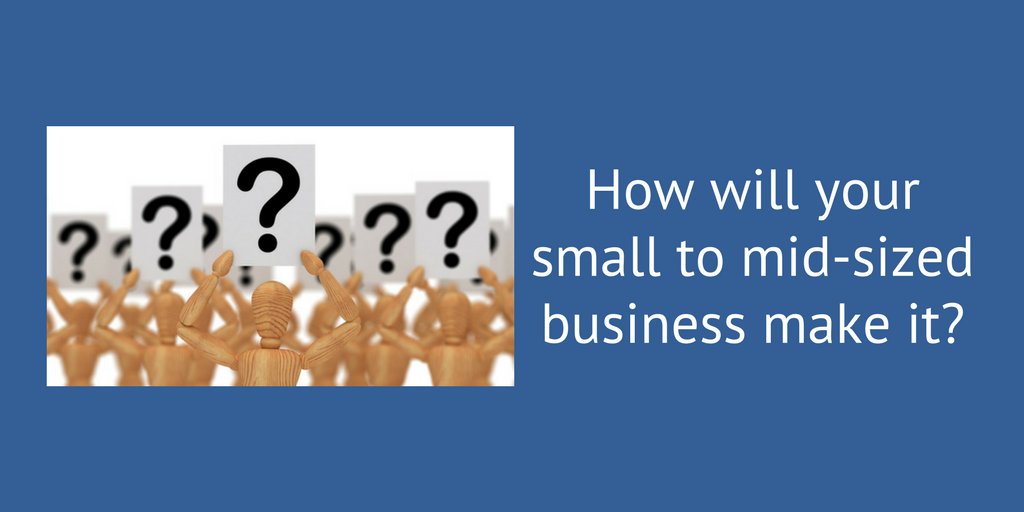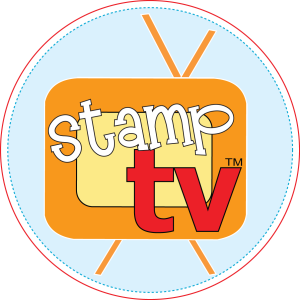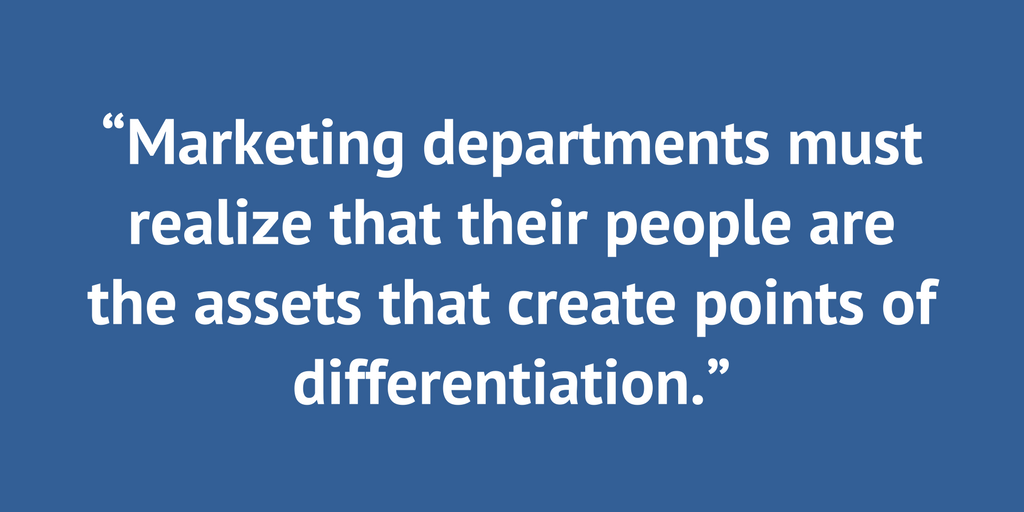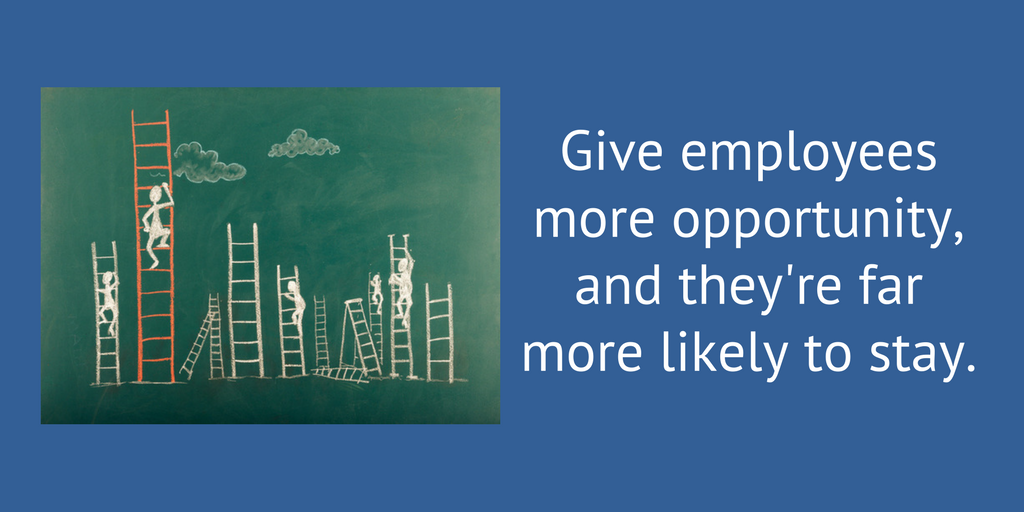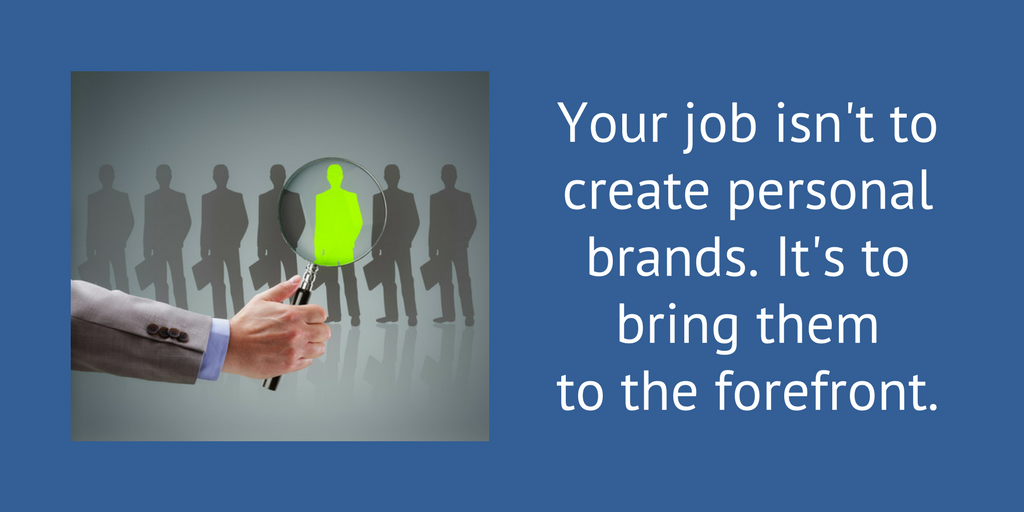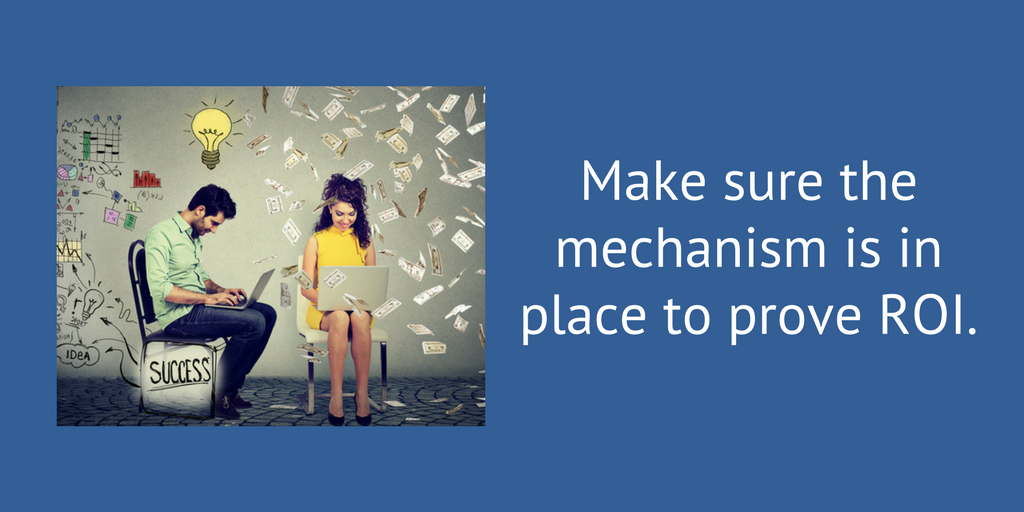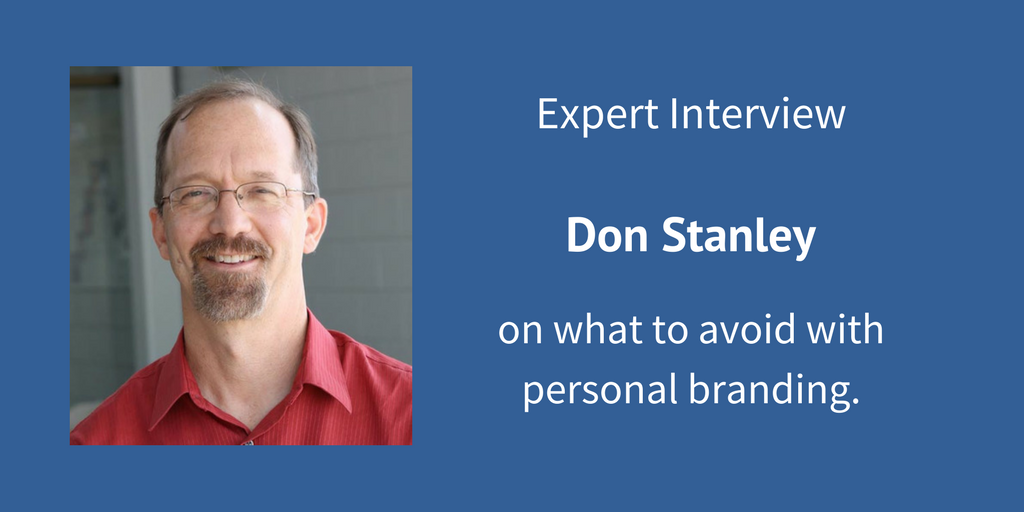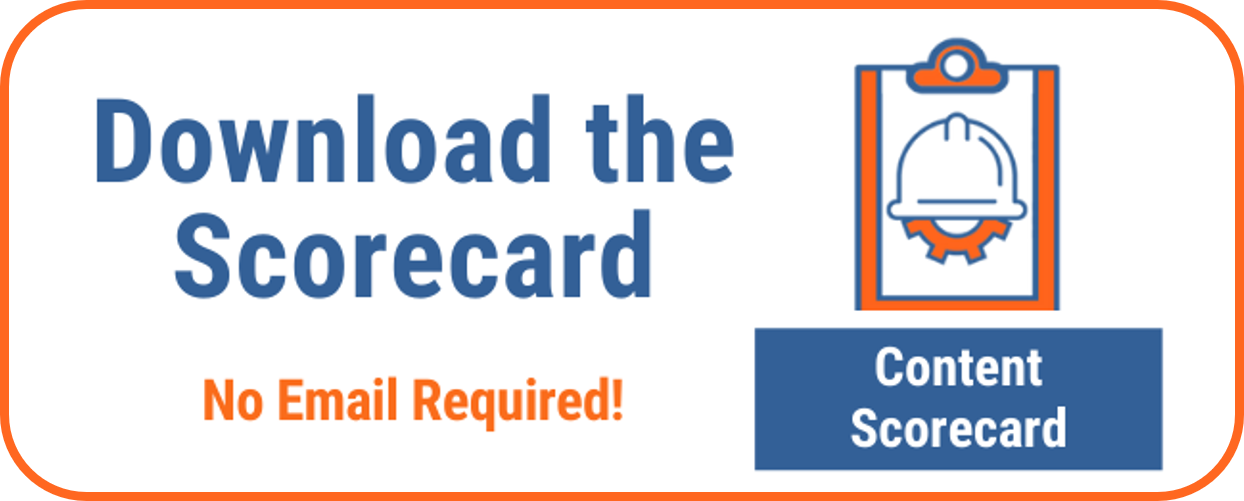How does a small marketing department differentiate its content and its company from all of the online clutter? The secret is to use the personal brands that exist within your company. Personal branding expert Don Stanley shows us just how it’s done.
We love reaching out to experts in the industry, and Don Stanley is one of the best. Don is an award-winning faculty member at UW-Madison, a digital and personal branding coach who has worked with Fortune 500 companies, professional athletes and internationally recognized non-profits. He’s the owner of his own consulting business, 3RhinoMedia and he has worked with organizations on all seven continents.
An expert on digital communication strategies and social media, what’s most amazing about Don is not only what he knows, but who he knows. During our interview, Don knew not only every name I dropped, but a vast universe of marketing stars and celebrities in addition.
Don will name-drop when prompted, but more importantly, he will strategy-drop. He dropped an awesome strategy for any small marketing department: Why (and how) you should build personal brands within your company.
What is personal branding?
Personal branding is the art and science of marketing yourself by conveying your personality through traditional branding techniques that include messaging, images and an overall experience.
Now that you have our personal branding definition, the big question is what does it have to do with corporate branding and content marketing?
Why personal branding is important: Small businesses cannot compete on price
Any organization, unless you’re an Amazon of the world, simply can’t survive when you try to match the price of the big dogs. Eventually, as Don tells us, “Your margins will get lower, you’ll get a crappier product, crappier workers.”
Essentially, your business will be bound for the proverbial crapper. So how can your small to mid-sized business make it?
Well, like any business it will rely on great marketing, and today’s digital marketing relies on great content. Which leads to the next question: How can personal branding help your CONTENT be heard, while all others are drowning in a sea of sameness?
To answer the question, I present Gina K. Designs.
Gina K. Designs proves in a head-to-head competition, a personal brand wins
Gina K. Designs is a stamp-crafting business operated by my friend Gina Krupsky. Gina’s daughter and my son both swam for the same swim club. I spent hours with Gina on the bleachers, talking swim strokes and marketing strategy.
Gina’s business is big. Her StampTV has over 82K viewers, her Facebook page 28K. She’s built her business largely through StampTV. It now has over 250,000 customers and ships papercrafting products worldwide.
I always marveled at Gina’s marketing ability. How did she get such huge followings? Why was she so successful?
Gina revealed the secret to me one day, as we were watching a swim meet. (I’m paraphrasing a bit here.) “Greg, I have a competitor who does all the same things I do. They post the same amount of social media posts, and essentially the same products, but my followers dwarf theirs.
“The secret is I share details about myself. My daughters, my husband, my dog. I am a real person, and people connect with me.”
But companies are different — aren’t they?
I’ve seen other social media celebrities like Gina K. paraded out at marketing conferences, and I’ve always shook my head, probably like you’re shaking your head as you read Gina’s tale.
It’s easy for her to build a personal brand. She just represents herself, not a company.
But you can follow Gina’s model if you accept a simple concept that Don sums up brilliantly:
As Don explains, have you ever heard someone speak on a subject and really nail it? The product they are selling may be commoditized, yet you’ll buy from them because they resonate with you. Just like Gina.
It’s why the more customers connect with the people in your company, the more likely they will be to buy from you. It’s a point we illustrate in this post about how salespeople become more of the marketing distribution chain.
But won’t you lose people? Or won’t they demand a raise?
Let’s say you bring your people to the forefront: What if an employee becomes a Gina K. within your company? Won’t they demand more money? Won’t they leave your company?
“If you look at the data, most employees don’t care about money primarily,” Don said. “They want opportunities in places they want to grow.” In fact, he notes that if you give them more opportunities, they’re far more likely to stay.
And if they want more money but they’re bringing in more money, why on earth wouldn’t you give them a raise to ensure they stay?
How to build a personal brand within your company
Let’s move to implementation, and learn how to create and promote these personal brands.
First of all, understand that personal brands are different than branding a company. All your personal brands have already been created. Your people already have personalities — they were born with them. You just have to showcase them.
For example, if you have an engineer, let them demonstrate their engineering acumen by explaining the technical details of a product. If you have an interior designer, let them show their style by displaying images of their work.
Ultimately, your job isn’t to create personal brands. It’s to bring them to the forefront.
Personal branding at work via content marketing
During his inbound marketing workshops, Don helps companies identify the different roles and people that can aid in creating content.
Take a look at your company, and find out who is interacting with the customers. More importantly, who LIKES to interact with the customers? You’ll be surprised how many superstars you have in your ranks.
Once you find the right people, you need to bring their personalities to life via your content marketing. This is where the rubber meets the road. It’s hard to pull content from people. Everyone gets busy, companies put it on the back burner, etc.
This is where you, as the content marketer, step in. Don shared the different ways you can use to draw content from people within your organization.
Three levels of engagement: Creating company content with a personal brand
Before you can start drawing content from the staff, you need to get commitment from management that your content expert will be able to devote time to the project.
Your efforts should generate the ROI to justify the program, so make sure that mechanism is in place before you ask for buy-in from management. They’ll want to know how you’re going to pay for the time their staff is devoting to content creation.
Once you have that commitment, as the content marketer you need to determine how to translate individual expertise into relevant content. Here are three different ways you can engage your company experts:
Level 1: Interview them and write a post
Have a marketing and sales team interview the subject matter experts with a list of customer questions. Then you take the lead writing the post. (Similar to what I did with Don in this post.)
Level 2: Audio interview
You may find your engineer is a rock star, and his/her personality comes across in an audio interview. You can record the interview, and turn it into a podcast. You can also create a transcript of the audio, clean it up, and turn it into a blog post, embedding the audio into the post.
We use Soundcloud for some clients, or embed the audio like we did in this post with Don. Your audio doesn’t need to be podcast length, either. Check out the expert interview below with Don for an example.
Level 3: Video interview
A la Gina K., you might have someone who shines on video. Or he/she can be a part of a video series, like the Tom Dickson of the iconic YouTube series “Will it Blend?” or Gina K. in her videos. Here’s Tom Dickson in action:
With video, you really get the full personal brand. Again, you can also take the transcript of the post and turn it into great blog content, while embedding the video to improve dwell time for the post.
The key to building a personal brand: Know you, like you, trust you
Don closed out this conversation with a reference to Bob Burg, the author of The Go-Giver, and someone we’ll be interviewing in an upcoming post.
Don asked Bob how he got to be so successful. “It’s simple,” Bob replied. “People will work with you if they know you, they like you, and they trust you.”
You can generate all the content marketing and advertising you want to get people to know your company. It’s only when you connect with customers on a personal level will they like and ultimately trust you. That can happen via your content.
Anyone can create content, and every company is full of personal brands. Put those two together, and you have the ultimate point of differentiation (people) in a format that fuels all your digital marketing (content). That’s a winning combination — and your competitive edge.
Find out how your content and conversion ranks with our interactive version of the Content Scorecard you can fill in yourself – no email required for download.


